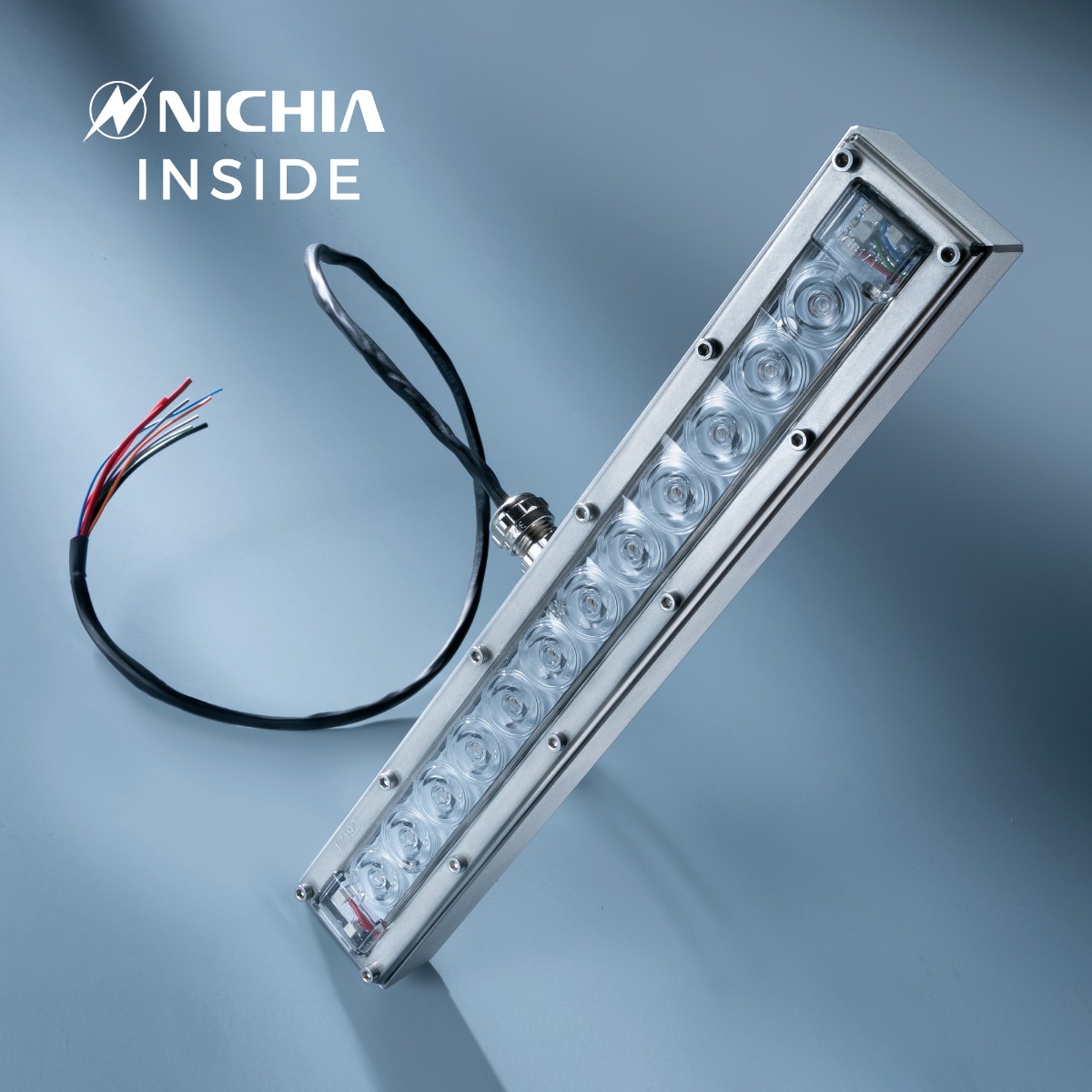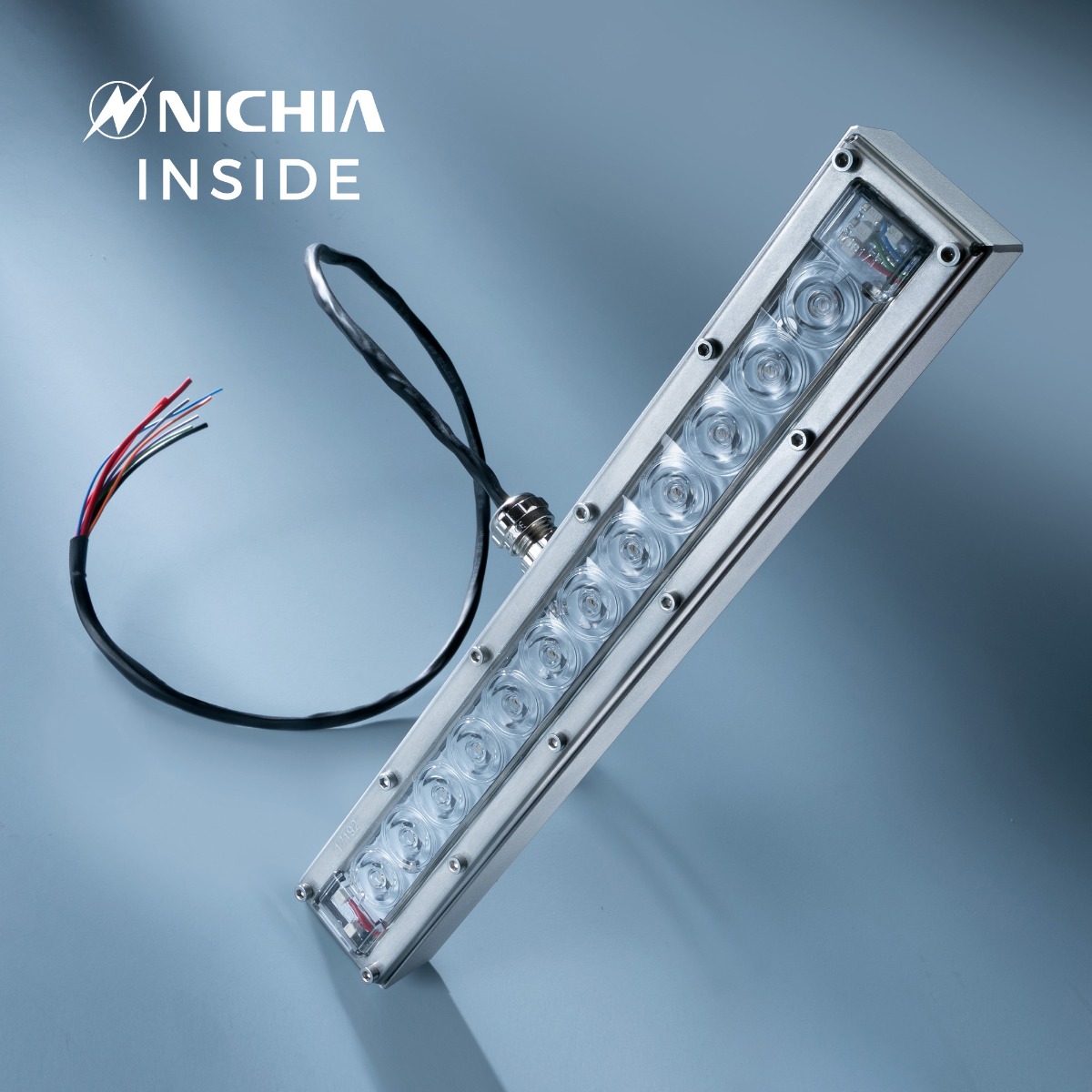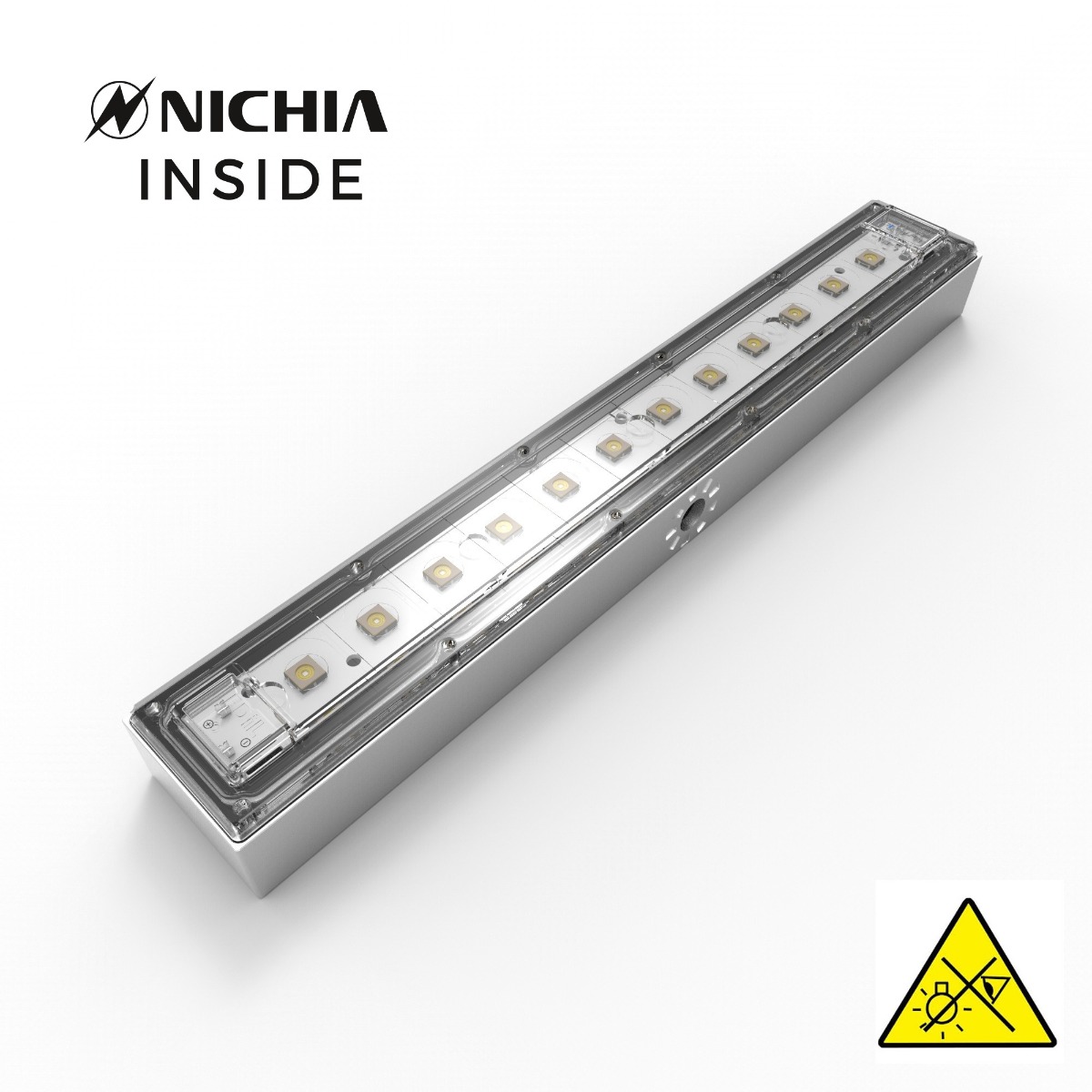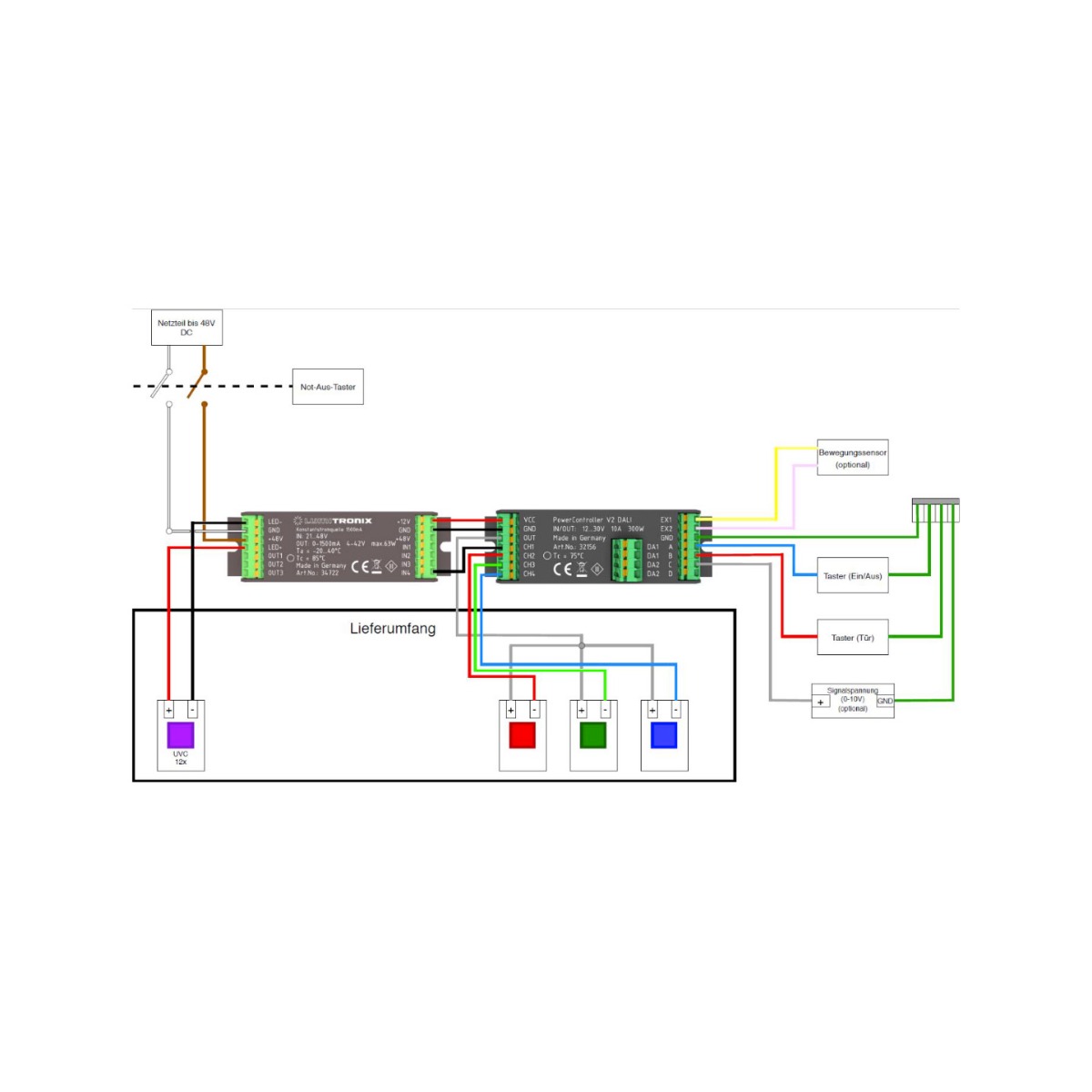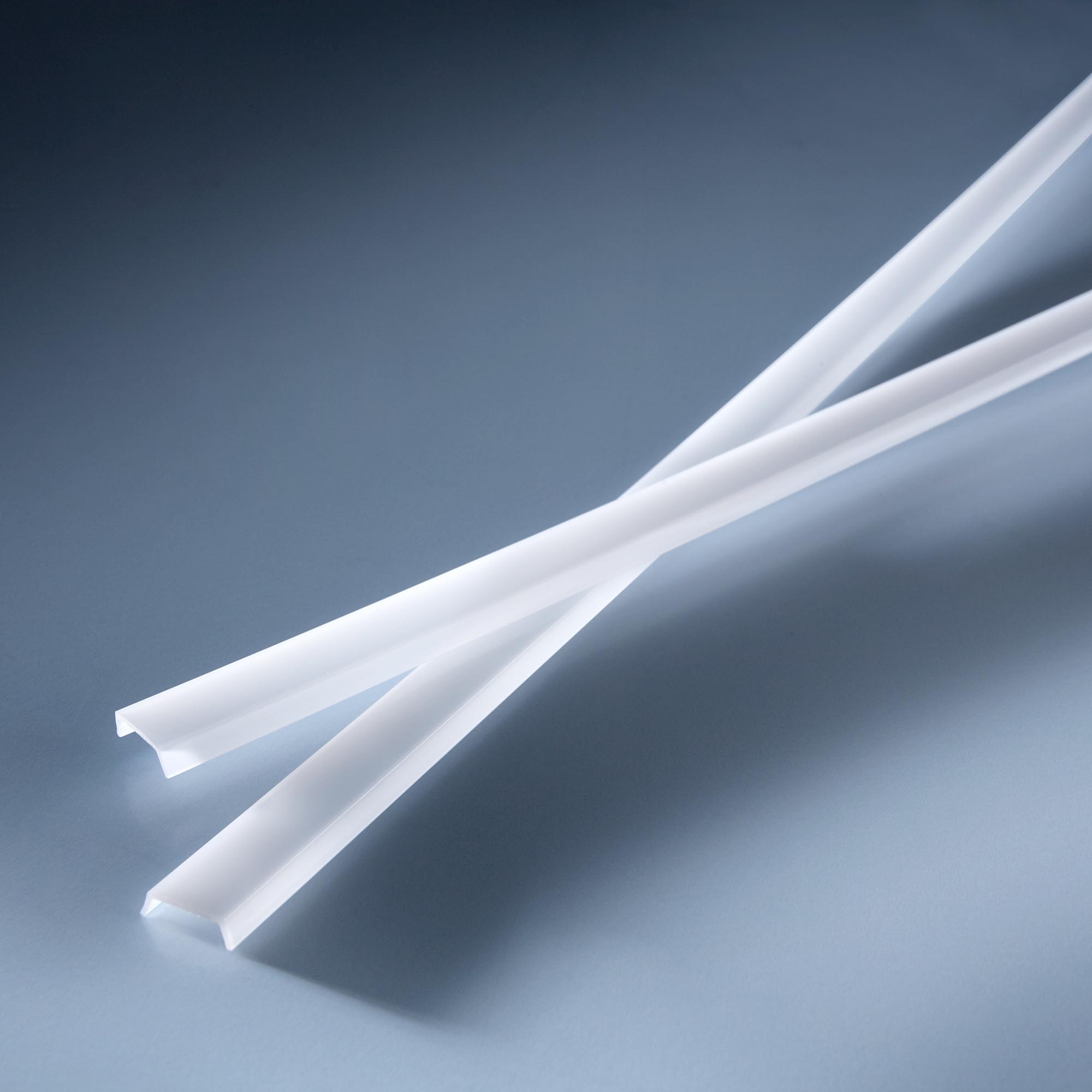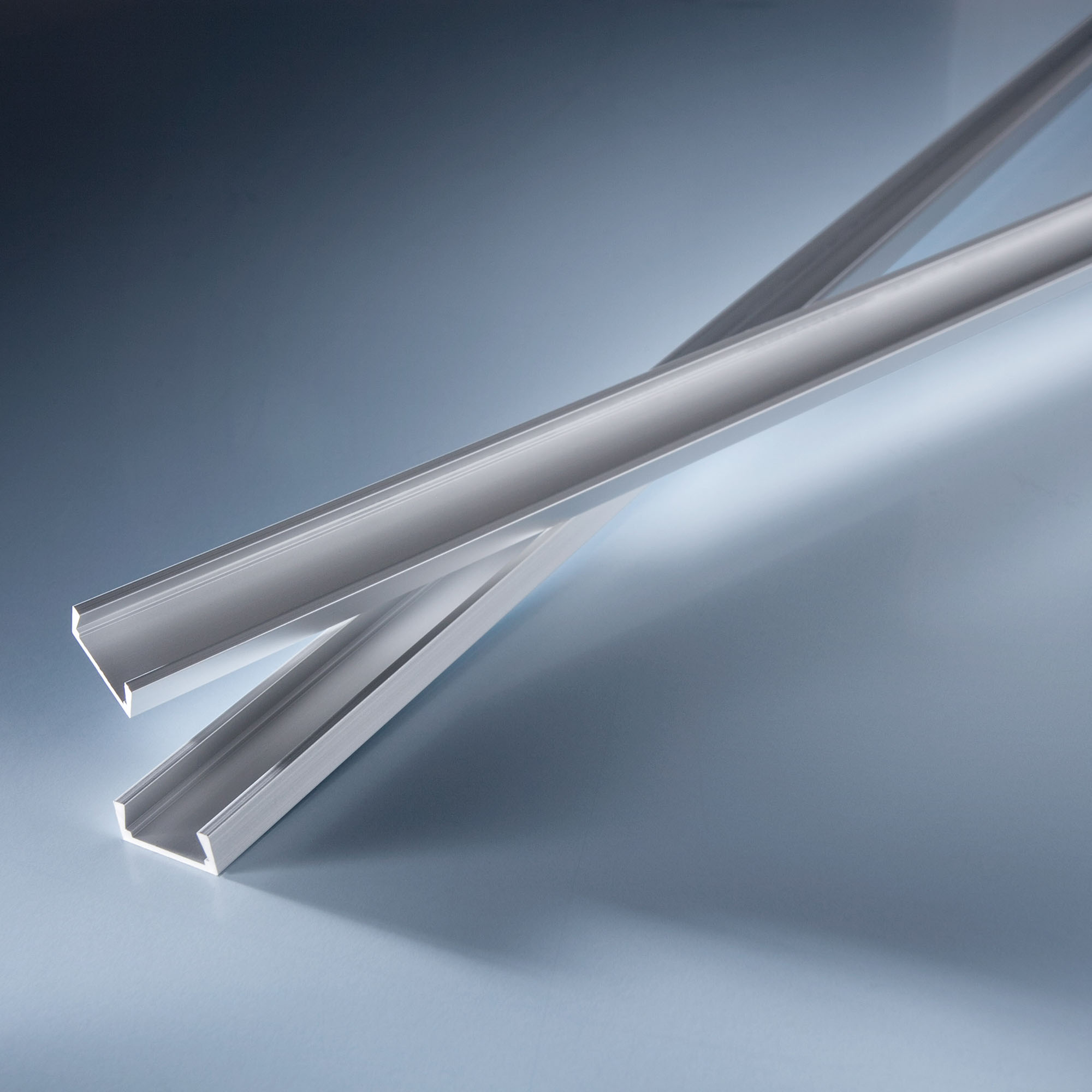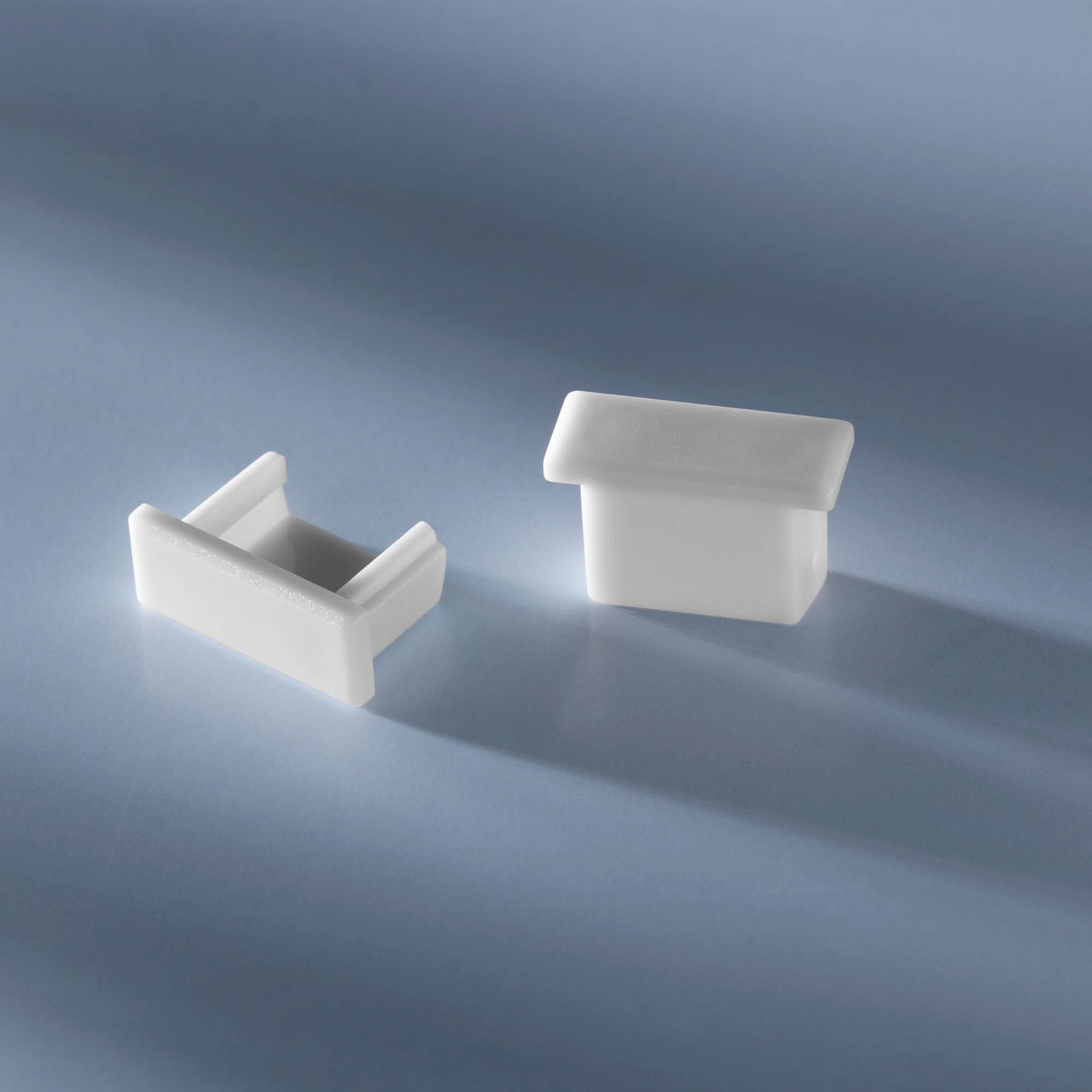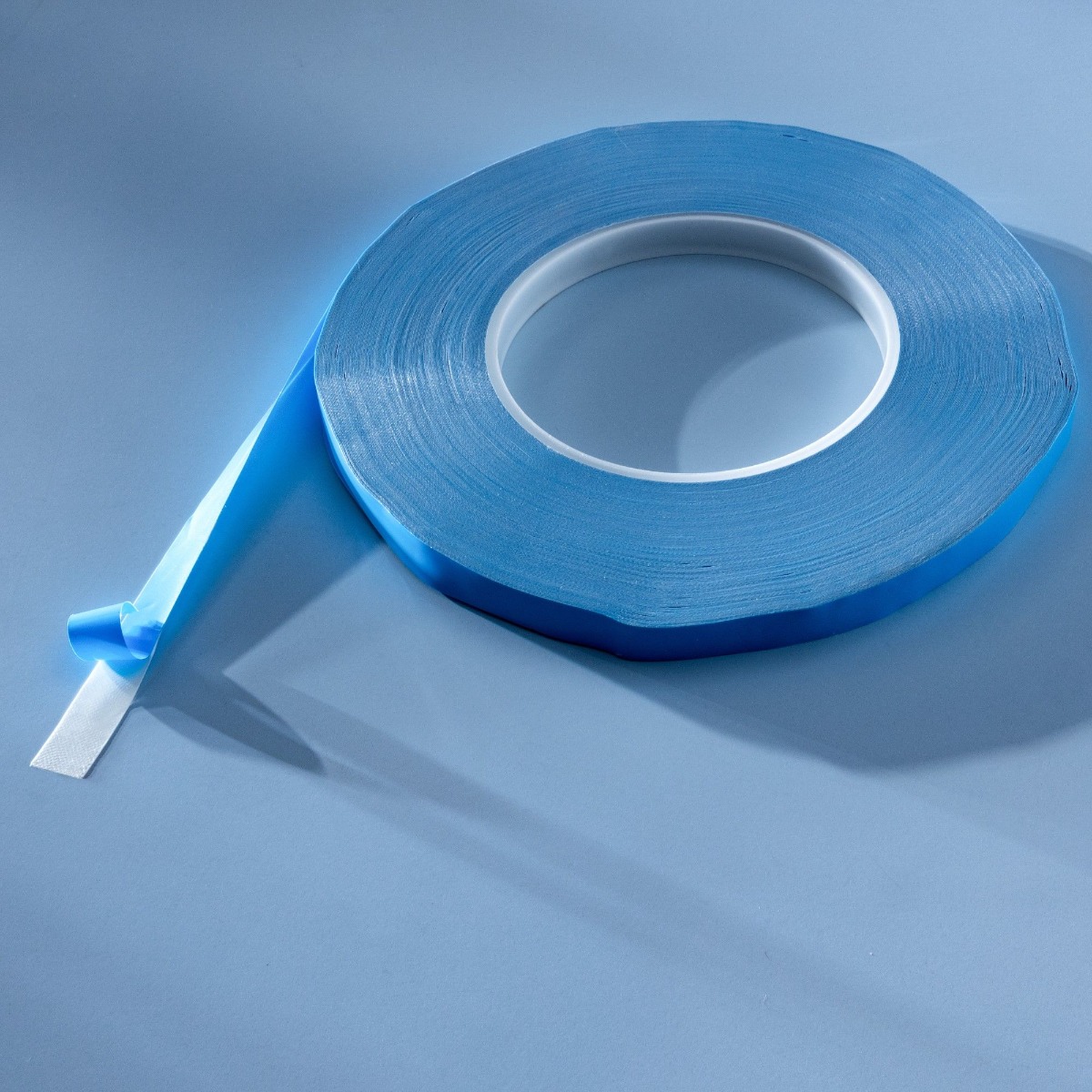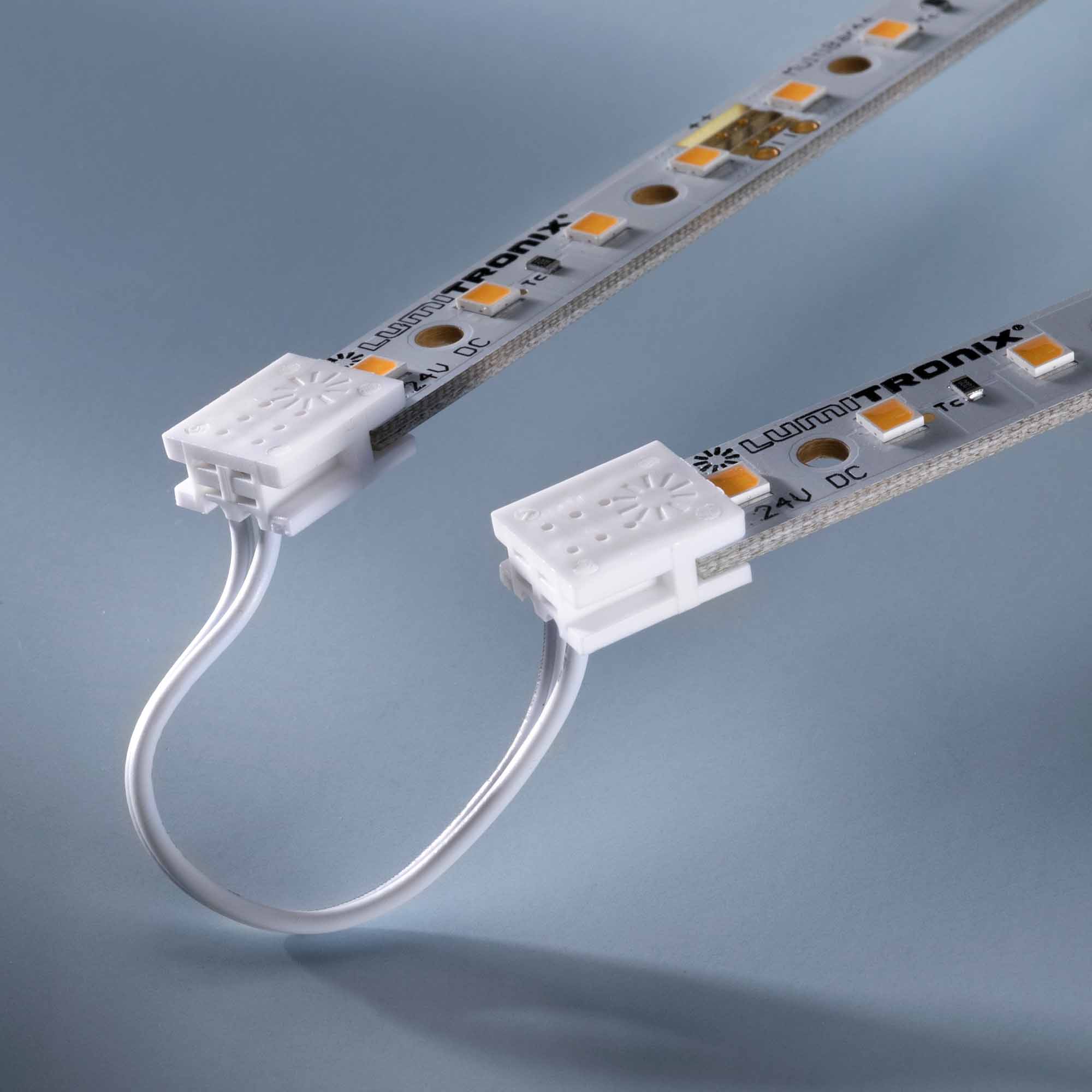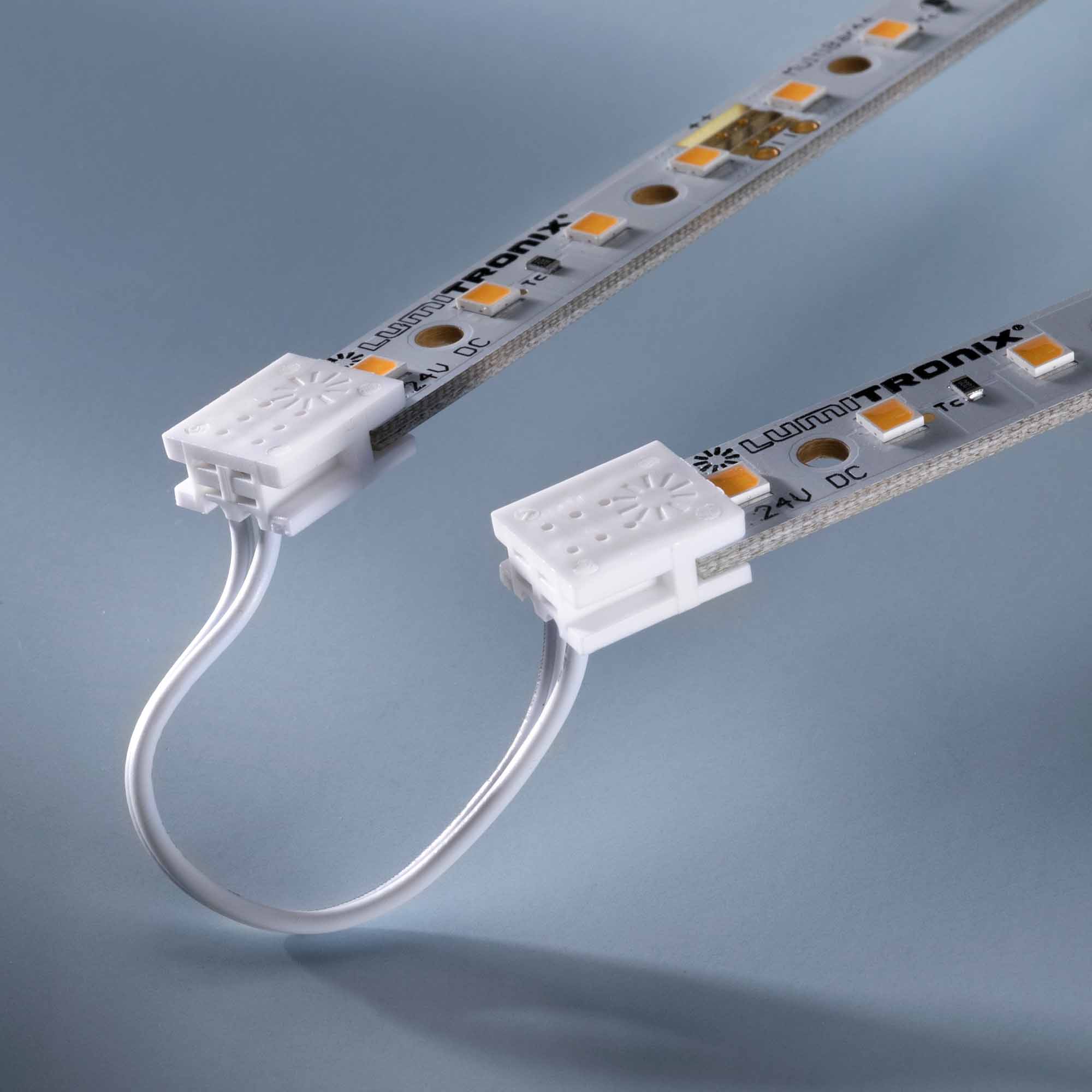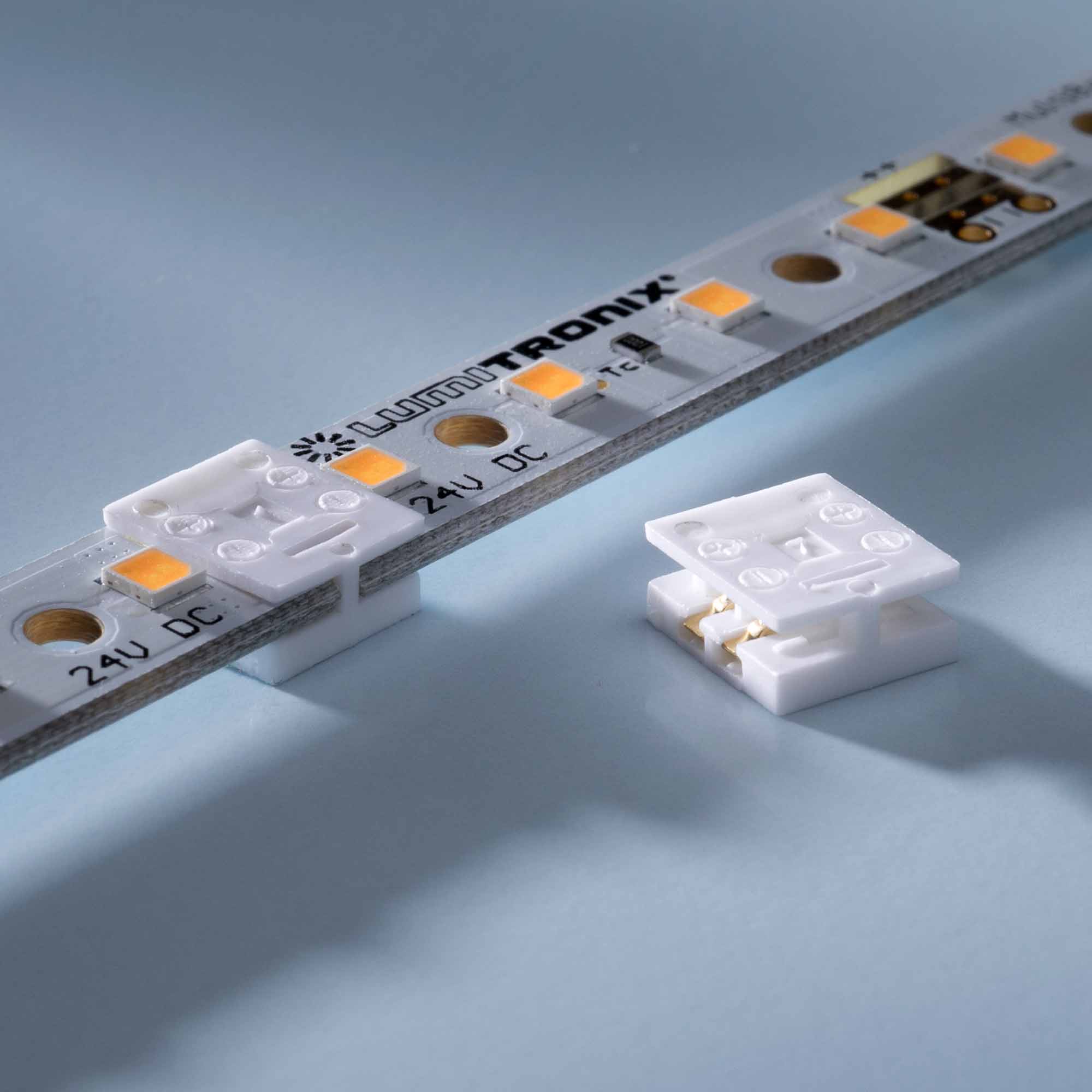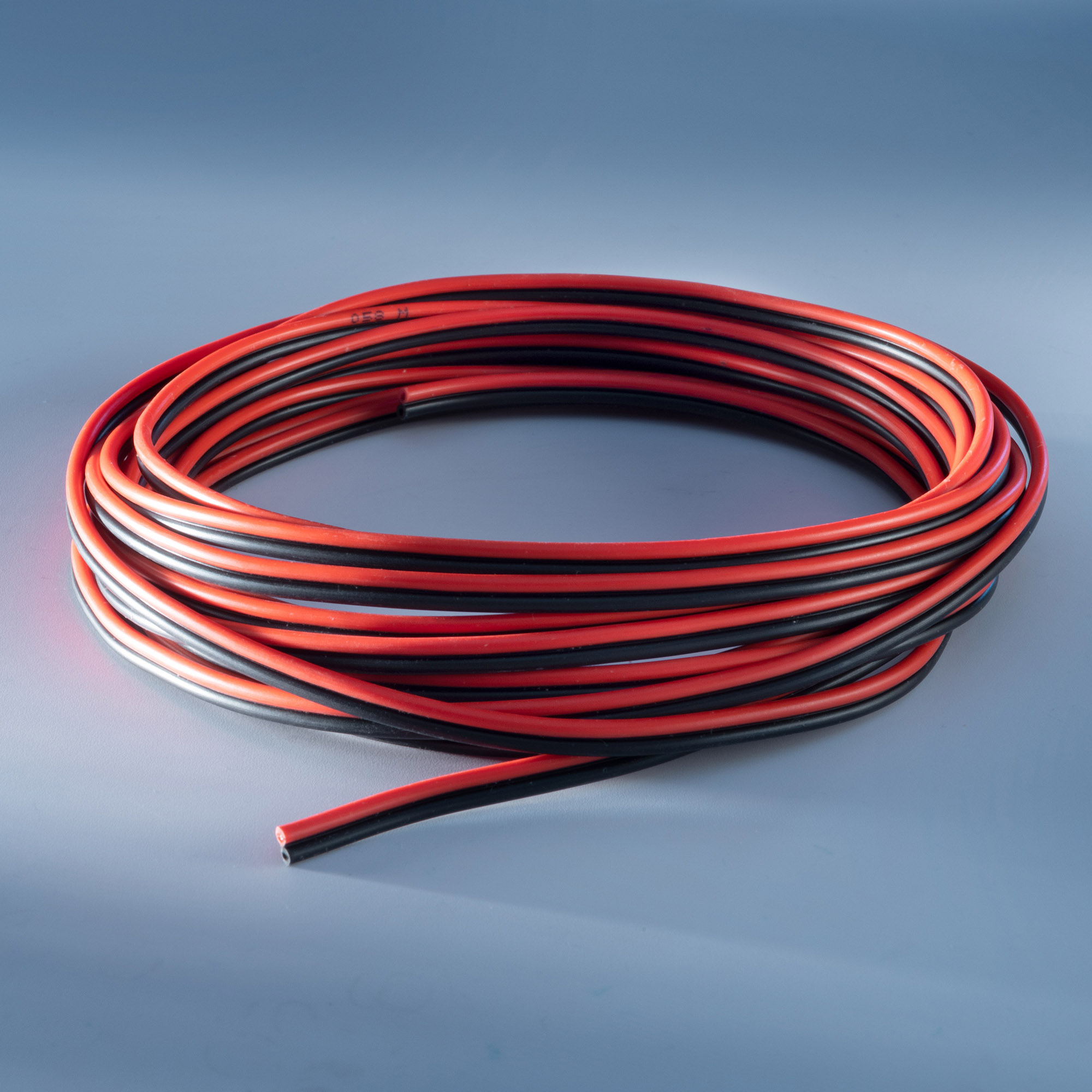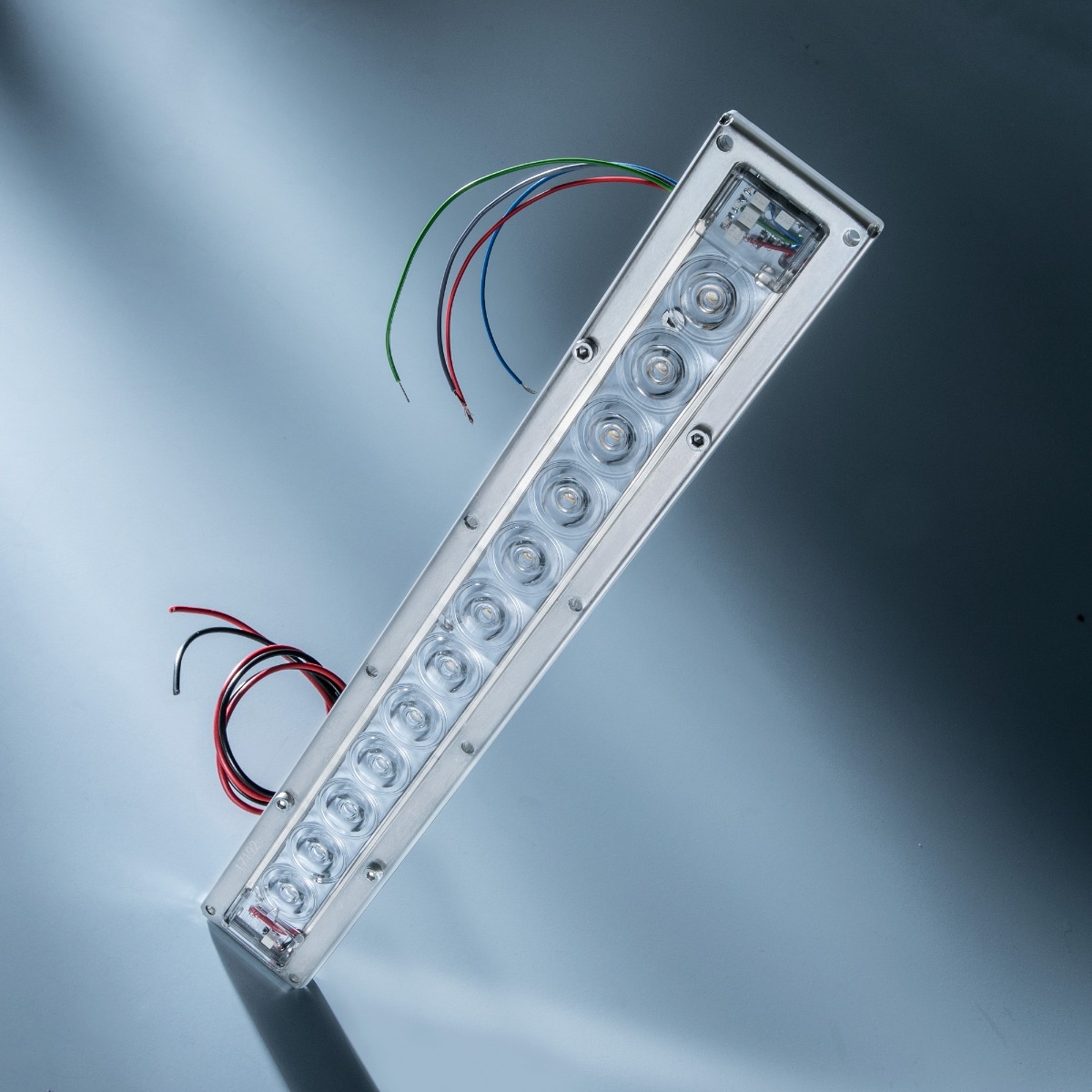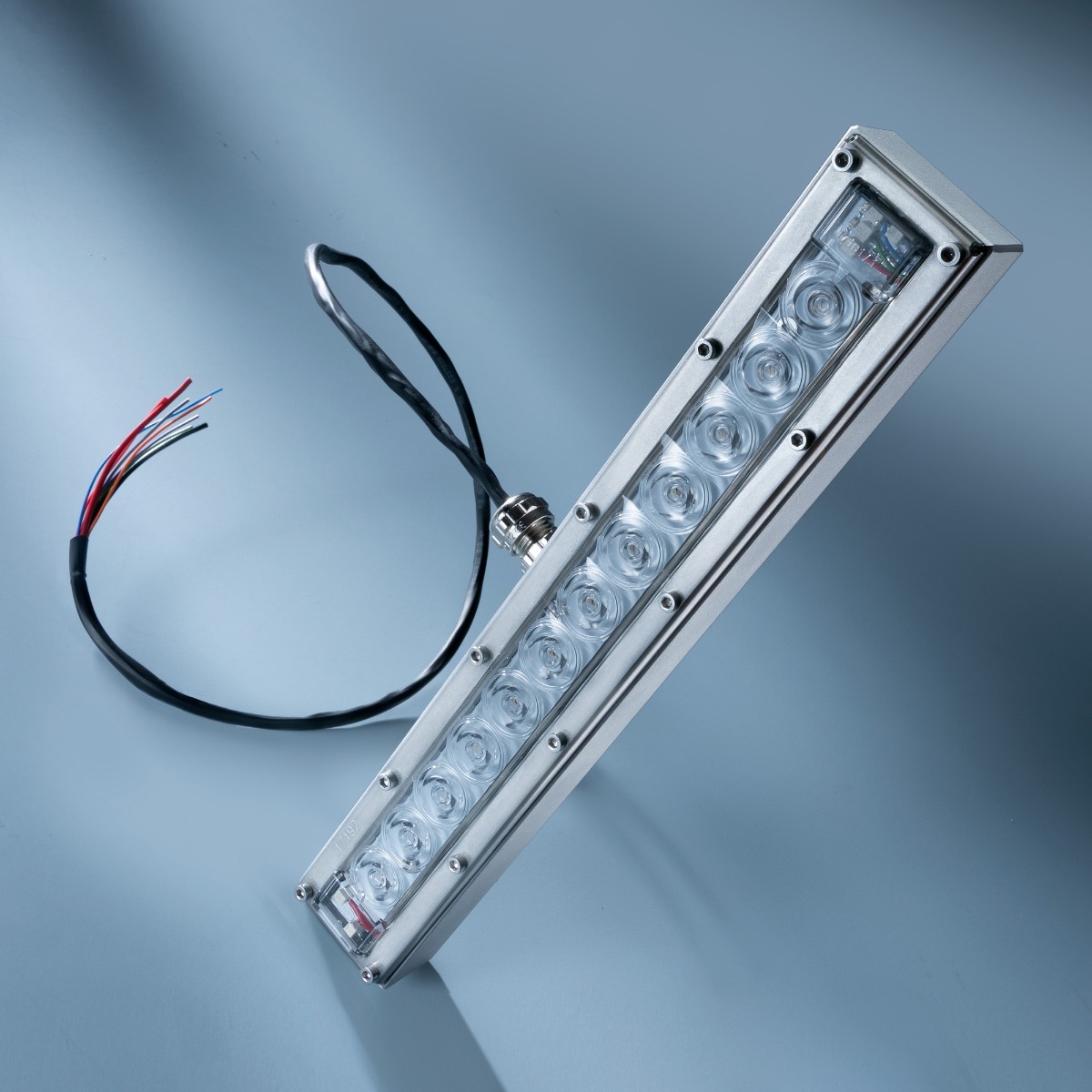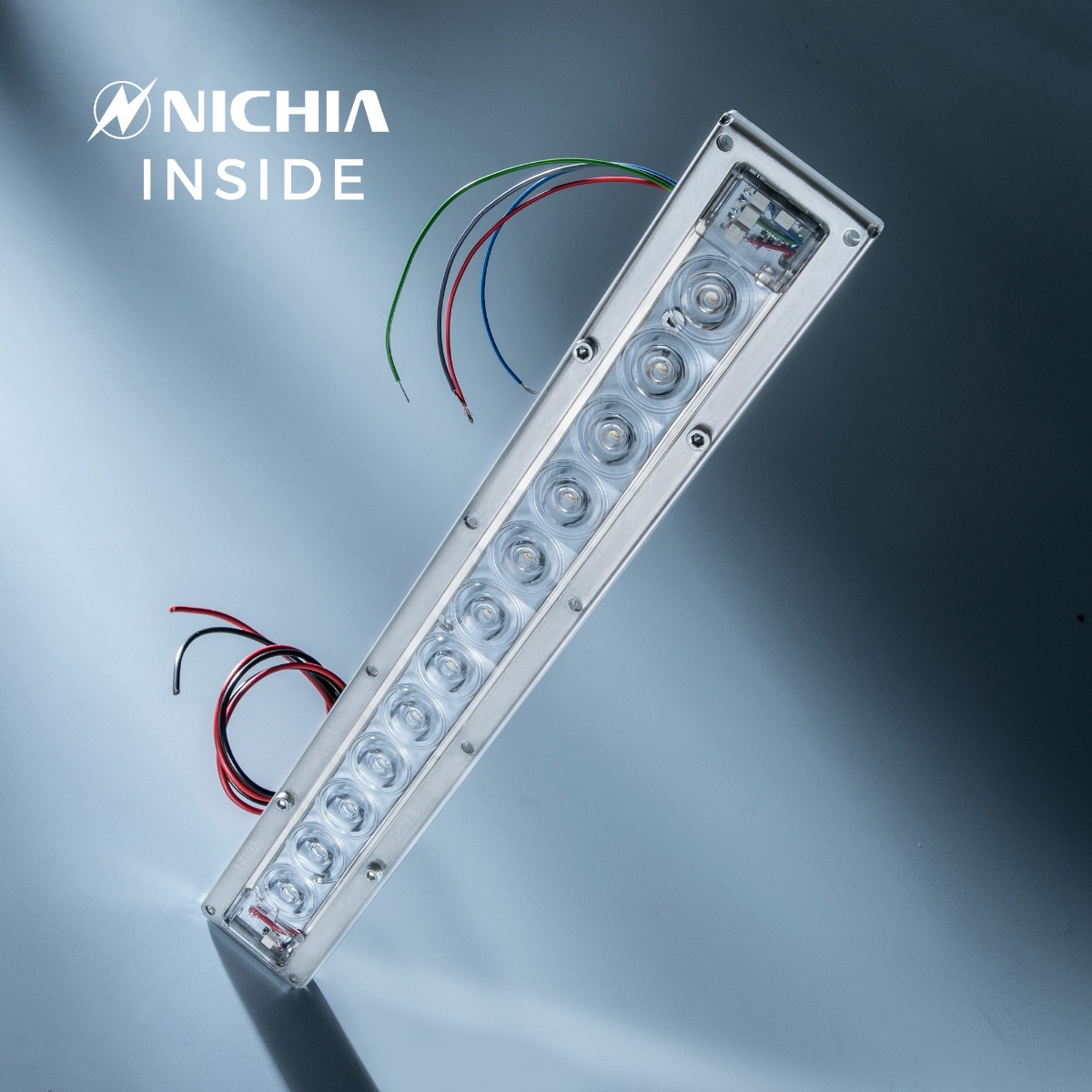Violet UVC Nichia LED Module 280nm 12 LEDs NCSU334B 630mW 29cm 48VDC IP67 with controler incl., for disinfection and sterilisation
- Highly efficient solution for disinfection and sterilization with UVC radiation wavelength of 280 nm
- Nichia LEDs' 630 mW UVC radiation intensity at 280nm for reduced irradiation time
- LED module with 12 Nichia NCSU334B UVC LEDs (280 nm)
- IP67 lens system with silicone clear lens and stainless steel metal frame
- Robust aluminum housing with UVC module protection rating of IP67
- Compact PowerController V2 for easy activation of UVC module and safety features
- Ideal for industrial and medical technology sectors.
The Violet UV-C LED module is a highly efficient disinfection lamp that offers professional users a powerful solution for sterilization and cleaning. With a scientifically proven UVC radiation wavelength of 280 nm, this lamp is capable of reliably killing and inactivating bacteria, germs, and viruses, including COVID-19, from air, liquids, and surfaces.
Thanks to the Nichia LEDs' impressive 630 mW UVC radiation intensity at 280nm, objects can be decontaminated quickly and effectively. The LED module comprises 12 Nichia NCSU334B UVC LEDs (280 nm) that offer a UVC radiant flux of 630 mW at 48 VDC, making it an ideal choice for industrial lighting manufacturers and companies in the medical technology sector.
The product comes with a built-in Powercontroler V2 that includes DALI dimming and an LED driver, and requires a 48 VDC power supply. The lamp also uses a UVC rated lens for LEDIL, FN17294_VIOLET-12X1-S with a 39-degree wide beam for each LED (available separately under article number 36480).
The lens system features IP67 protection, comprising a silicone clear lens and stainless steel metal frame, and is housed in a robust aluminum housing. The module has a UVC Module protection rating of IP67 and includes red, blue, and green status LEDs to indicate whether the lamp is ready for operation, not usable, or in operation.
The dimensions of the lamp are 297.3x44.6x32.8 mm (LxWXH), and it includes the option to use a combination of a button, switch, motion sensor, and the three signal LEDs mentioned above. This setup ensures that there are no people in the room where sterilization is to be performed. Only when the motion sensor registers no more movement after 10 seconds, the button is activated by closing the door and all safety conditions are fulfilled by a green signal LED. At this point, the UVC module can be activated via the switch.
Overall, the Violet UVC module offers a powerful, efficient, and reliable solution for sterilization and cleaning in professional applications, making it an ideal choice for the industrial sector, particularly in the medical technology sector.
The product consists of the following components:
- LED module with 12 Nichia NCSU334B UVC LEDs (280 nm)
- UVC radiant flux 280nm: 630 mW at 48 VDC
- With built in Powercontroler V2 with DALI dimming and LED driver (48 VDC power supply required)
- Uses UVC rated lens for LEDIL, FN17294_VIOLET-12X1-S with 39 degree wide beam for each LED (available separately under article number 36480)
- Typical power consumption 23.52W at 1050mA
- Lens system with IP67 protection, made from silicone clear lens and stainless steel metal frame
- Robust aluminum housing
- UVC Module protection rating: IP67
- Red, blue and green status LED, indicate whether the lamp is ready for operation, not usable or in operation
- Dimensions: 297.3x44.6x32.8 mm (LxWXH)
The Violet UVC module has a radiant flux of 630 mW when operating at a typical voltage of 48VDC. The table below illustrates the surface irradiance with varying distances.
|
Distance h [mm] |
Irradiation intensity E [mW/cm²] |
|
Simulation |
|
|
50 |
8.31 |
|
100 |
4.04 |
|
175 |
2.37 |
|
250 |
1.65 |
|
400 |
1.06 |
The following table* shows the irradiation time with a distance of 100 mm and an irradiation intensity of 4.04 mW/cm² on different microorganisms.
|
Microorganisms |
99.9% Dosage [mW * s cm²] |
Irradiation time |
Microorganisms |
99.9% Dosage [mW * s cm²] |
Irradiation time [s] |
|
|
Bacteria/ Viruses
|
Bakterium coli (in air) |
2.1 |
0.58 |
Proteus vulgaris |
7.8 |
2.16 |
|
Bakterium coli (in water) |
16.2
|
4.48 |
Pseudomonas aeruginosa |
16.5 |
4.59 |
|
|
Bacillus antharacis |
13.7 |
3.80 |
Pseudomonas fluorescens |
10.5 |
2.91 |
|
|
S. enteritidis |
12 |
3.33 |
S. tyyphimurium |
24 |
6.65 |
|
|
B. megatherium (veg.) |
3.4 |
0.94 |
Sarcina lutea |
59 |
16.35 |
|
|
B. megatherium sp. |
8 |
2.22 |
Serratia marcescens |
7.2 |
2 |
|
|
B. paratyphosus |
9.6 |
2.67 |
Dysentery bacilli |
6.6 |
1.83 |
|
|
13, prodiglosus |
2.1 |
0.58 |
Shigella paradysenteriae |
5.2 |
1.45 |
|
|
B. pyocyaneus |
13.2 |
3.66 |
Spirillum rubrurn |
13 |
3.61 |
|
|
B. subtilis spores |
36 |
9.98 |
Staphylococcus albus |
5.4 - 10 |
1.5 - 2.78 |
|
|
Cornynebacterium diphteriae |
10 |
2.78 |
Staphylococcus aureus |
6.6 - 14.8 |
1.84 - 5.07 |
|
|
Eberthella typhosa |
6.3 |
1.75 |
Streptococcus hemolyticus |
6.6 |
1.84 |
|
|
Escherichia coli |
9 |
2.50 |
Streptococcus lactis |
18 |
5 |
|
|
Legionella pneumophila |
2.76 |
0.76 |
Streptococcus viridans |
6 |
1.67 |
|
|
Micrococcus candidus |
19 |
5.27 |
Baccillus tuberculi |
30 |
8.32 |
|
|
Micrococcus piltonensis |
24 |
6.65 |
Trichonomas |
300 |
83.17 |
|
|
Micrococcus sphaeroides |
30 |
8.32 |
Poliovirus |
9.6 |
2.67 |
|
|
Neisseria catarrhalls |
13 |
3.61 |
Infectus Hepatitis |
17.4 |
4.83 |
|
|
Phytomonas tumefaciens |
13 |
3.61 |
Influenza |
10.2 |
2.83 |
|
|
-- |
- |
- |
Tobaco mosaic |
720 |
199.61 |
|
|
Yeasts |
Baker's yeast |
11.7 |
3.25 |
Saccharomyces spores |
24 |
6.65 |
|
Ale yeast |
9.9 |
2.75 |
Saccharomyces cerevisae |
186 |
51.57 |
|
|
Common baker's yeast |
18 |
5 |
Saccharomyces turpidans |
27 |
7.48 |
|
|
Saccharomyces ellipsoideus |
18 |
5 |
Torula sphaerica |
6.9 |
1.92 |
|
|
Moulds |
Aspergillus amstelodami |
200.1 |
55.48 |
Oospara lactis |
15 |
4.16 |
|
Aspergillus flavus |
180 |
49.90 |
Penicillium digitatum |
132 |
36.59 |
|
|
Aspergillus glaucus |
132 |
36.59 |
Penicillium expansum |
39 |
10.81 |
|
|
Aspergillus niger (Bakery) |
396 |
109.78 |
Penicillium chrysogenum (Fruits) |
150 |
41.59 |
|
|
Cladosporium herbarum |
180 |
49.90 |
Penicillium roqueforti |
39 |
10.81 |
|
|
Mucur mucedol |
195 |
54.06 |
Rhizopus nigricans (Bread) |
333 |
92.32 |
|
|
Mucor racemodus A |
51 |
14.14 |
Scopulariopsis brevicaulis (Cheese, etc.) |
240 |
66.54 |
|
|
Mucor racemodus B |
51 |
14.14 |
- |
- |
- |
|
|
Algae |
Diatomeen |
1080 - 1800 |
299.41 – 499.01 |
Blue algae |
1080 - 1800 |
299.41 – 499.01 |
|
Green algae |
1080 - 1800 |
299.41 – 499.01 |
- |
- |
- |
|
|
Protozoa |
Paramecium |
192 - 300 |
53.23 – 102.68 |
- |
- |
- |
* The dosage stated in the table refers to a wavelength of 254 nm. The irradiation time was converted to the wavelength of this UVC module (280 nm) taking into account the spectrum (according to the Spectral Germicidal Efficacy DIN 5031-10 (E. Coli) standard).
Note: This product is intended exclusively for customers who are trained in the use of UVC radiation and can ensure hazard-free use. Do you have further questions concerning this product or the topic UVC? Please send an e-mail to [email protected]
Warnings
- The article is a powerful UVC module which can be used for the disinfection of surfaces. It emits at a wavelength of 280 nm which is not visible to the human eye.
- It is imperative to ensure that users wear suitable protective clothing against UV radiation at all times. All skin and eye contact must be avoided.
- We recommend the use of the following protective agents:
- Safety goggles
- Gloves
- Face Shield
- Protective clothing that shields UV light from the skin
- Wear protective clothing at all times during use and ensure that no other persons are within reach of the radiation source without taking appropriate safety precautions.
- Light can reflect, therefore special precautions have to be taken with reflecting surfaces (e.g. mirrors).
- If skin tissue is exposed to the light source, skin irritation comparable to sunburn may occur. If necessary, treat the affected areas with a suitable cream or consult a physician.
- Low wavelength UV light can cause permanent damage to the retina in severe cases. Make sure to wear protective goggles at all times when using the device.
| SKU | 37199 |
|---|---|
| Weight brut (g) | 650.000000 |
| Color | UVC Ultraviolet |
| Power (W) | 24 |
| Warranty (months) | 24 |
| Forward Current Max | 1500mA |
| Wavelength (nm) | 280 |
| Manufacturer Product Code | 37199 UV-C |
| Strip Type | Rigid |
| LEDs number per sales unit | 12 |
| Dimensions | 297.3x44.6x32.8 |
| Dimensions: Length (cm) | 29.3 |
| Dimensions: Width (mm) | 44.6 |
| Dimensions: Height (mm) | 32.8 |
| Brand | Lumistrips |
| Manufacturer Part Number | 4062986002351 |
| Forward Voltage Typ (V) | 23 |
| Availability beyond shown stock: | YES |
